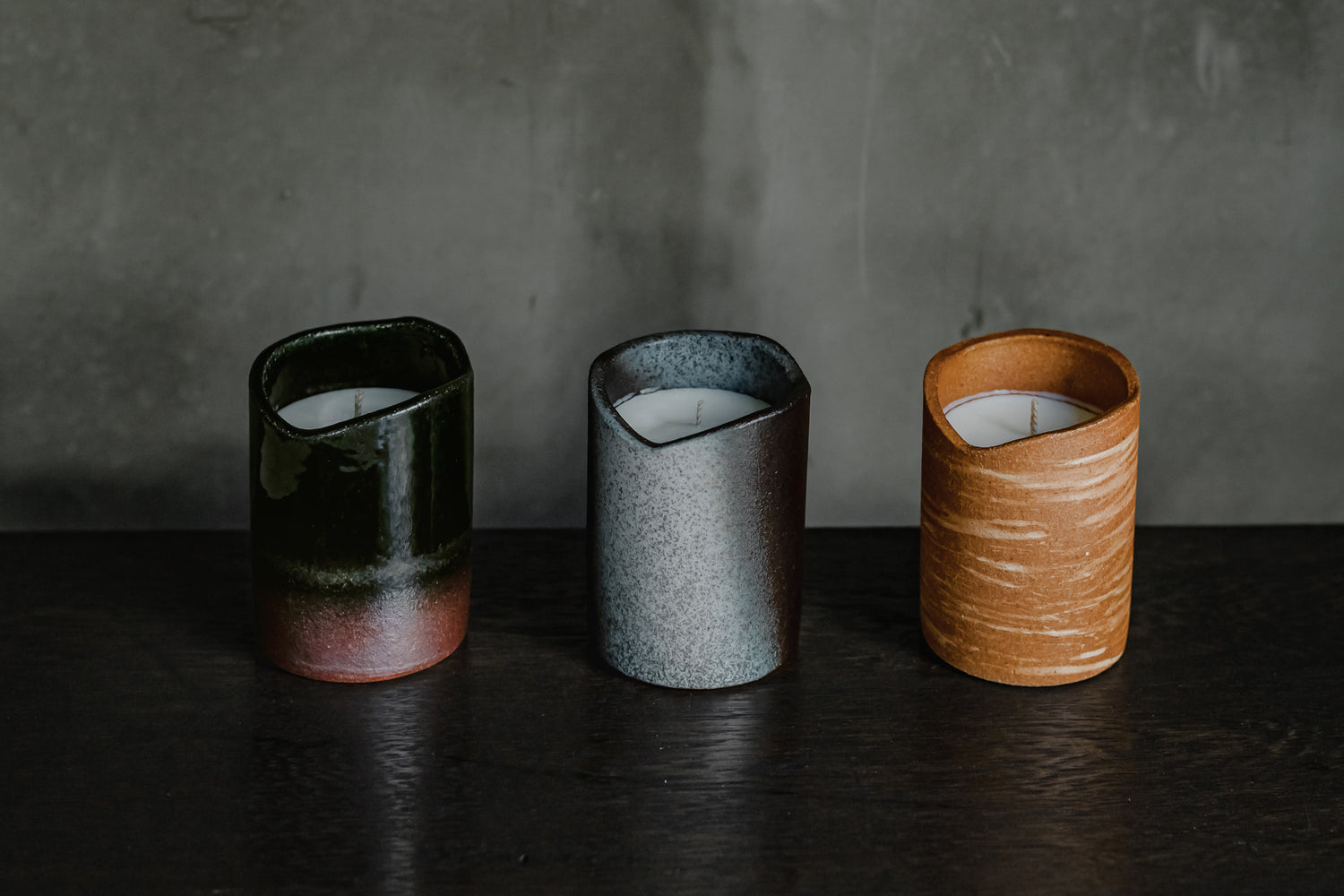
The love for plants, trees, and flowers is a beautiful spirit that is common not only to Japan, but also to people of all ages, east and west.
In Japan, due to its rich climate and variety of vegetation, its beauty has been admired since ancient times, and it has been expressed in Japanese poems and paintings, and has been used as a motif for various decorations, and has become an integral part of the Japanese aesthetic sense. This is essential for explanation.
This love of flowers has developed to this day through the traditional art of ikebana (flower arrangement). Ikebana is said to have its origins in the 6th century, when Buddhist monks placed flowers in front of Buddhist altars, and from around the 16th century it became even more popular, to the point where it was called a traditional art.
There are currently approximately 3,000 schools of ikebana, and although each school has different ways of arranging flowers, the basic idea is to express the beauty of the plants themselves. The basic spirit of ikebana is to cut the branches with scissors to make them longer and shorter, or adjust the shape of the leaves, and to express the beautiful nature of flowers in a vase.
Having said that, even if you don't learn ikebana (flower arranging), you still want to decorate your home with flowers as beautifully as possible.
The important thing when arranging flowers is to "reflect the beauty of life in the natural world."
For example, flowers also have faces and a front. Before arranging a flower, carefully look at where the front of the flower's face is and find the angle that will make it look most beautiful.
The light that shines on plants is also closely related to how they appear.
For example, Japanese maple leaves come in a variety of colors, from yellow to vermilion to red, and depending on the weak autumn sunlight, each of them shows its own unique beauty and color gradation. It won't look the same in the strong summer sun. When arranging flowers, by paying attention to the fragrance in the room and the way natural light enters, you will be able to correctly reflect nature and arrange flowers in their original beautiful form.
“To reflect the beauty of living in the natural world.” This requires good observation and knowledge of nature. In modern life, where the distance from nature is increasing, arranging flowers may be one of the valuable opportunities to get closer to the natural world.

On the other hand, in order to arrange flowers beautifully, careful and steady care is required. In our seemingly busy lives, it may be difficult to take that extra step, but I'd like to introduce some that are relatively easy to put into practice.
[Tips before decorating]
□ Preparation of leaves: If the leaves are soaked in water, they will rot easily, so remove the lower leaves. □ Draining: Cut the stems diagonally in a bucket of water.
(By cutting underwater, air does not enter the conduit, making it easier to absorb water.The reason for cutting diagonally is to increase the water absorption area.)
[Daily care]
□Keep water clean: If you leave water alone, bacteria will form, which will clog the pipes and reduce water absorption. Change the water every day and remove slime from the stems with your fingers. Rinse the vase clean with a mild detergent and sponge.
□ Cut back: When changing the water, cut the stem by about 1cm to create a new cut. Conduits clogged with bacteria and scum are cut off, improving water absorption.
The plants and flowers we have here originally get their nutrition from their roots in the earth. They leave the land and enrich our lives.
With this in mind, we should put a little effort into it, which will help it maintain its original beautiful appearance.
Flowers exhibit an organic beauty that cannot be created by humans. Spring gives us a feeling of youth and carelessness, summer gives us a feeling of fullness of life, autumn gives us a feeling of loneliness as things wither away, and winter gives us a feeling of anticipation of spring.
Arranging flowers allows us to reflect on the ever-changing and delicate beauty of the natural world.

